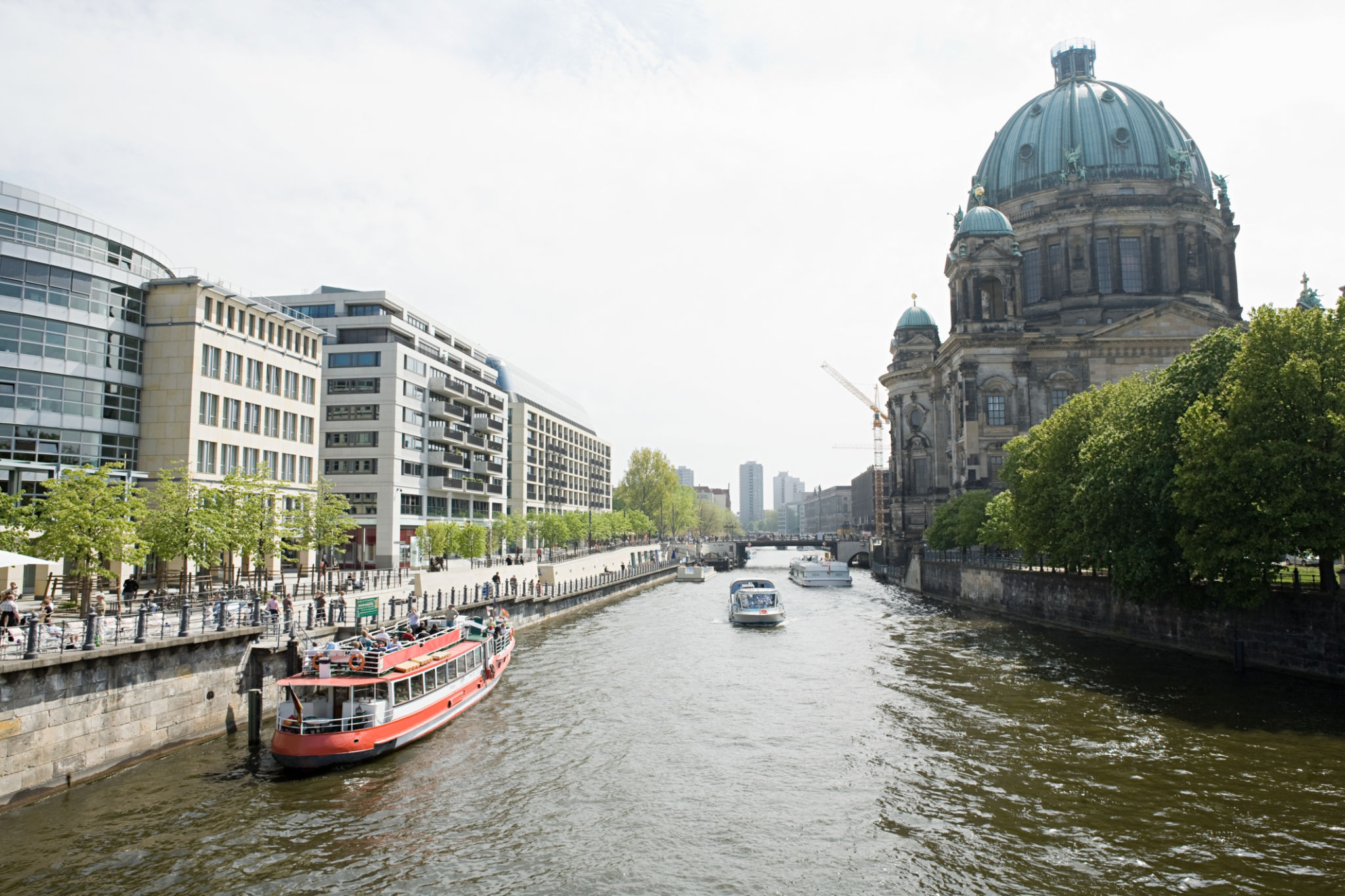Art Engineering Malaysia: Success Stories and Case Studies
Introduction to Art Engineering in Malaysia
Art engineering, a blend of creativity and technical precision, has been gaining significant traction in Malaysia. This unique fusion leverages engineering techniques to create aesthetic and functional designs that are both innovative and inspiring. The growth of art engineering in Malaysia is marked by numerous success stories and case studies that highlight its impact on various industries.
Malaysia's vibrant cultural tapestry provides a rich backdrop for art engineering, allowing professionals to draw inspiration from diverse artistic traditions while employing cutting-edge technology to bring ideas to life. This field is not only reshaping the landscape of Malaysian art but also contributing to economic growth by fostering innovation.

Success Stories in the Industry
Revitalizing Urban Spaces
One of the most compelling success stories in Malaysia's art engineering sector is the revitalization of urban spaces. Projects such as the conversion of abandoned buildings into artistic hubs have been pivotal. These transformations not only preserve historical structures but also inject new life into cityscapes, attracting tourists and investors alike.
An exemplary project is the reimagining of Kuala Lumpur's old train station into a multifunctional art center. This project brought together engineers and artists to retain the station's historical essence while introducing modern amenities. The result was a stunning blend of past and present, drawing crowds from across the nation.
Innovative Architectural Designs
Art engineering has also made waves in the architectural domain, where creative designs meet structural integrity. A notable example is the iconic Petronas Twin Towers, which stand as a testament to Malaysia's architectural prowess. While not a product of art engineering per se, it has inspired many local designers to merge aesthetics with functionality in their own projects.

Impact on Local Industries
Boosting the Tourism Sector
The tourism industry in Malaysia has greatly benefited from art engineering projects. By transforming mundane spaces into visually captivating attractions, these projects draw international tourists and elevate Malaysia's profile as a destination of choice. The intricate designs and innovative concepts showcased in these projects create memorable experiences for visitors.
Tourist attractions like street art installations in Penang and interactive light displays in Johor have become major draws. These projects demonstrate how art engineering can make destinations more appealing and engaging for travelers.

Enhancing Product Design
In addition to its impact on architecture and tourism, art engineering plays a crucial role in product design within Malaysia. Local companies are increasingly integrating art engineering principles to create products that are not only functional but also aesthetically pleasing. This approach gives Malaysian-made products a competitive edge in global markets.
For instance, household appliance manufacturers have collaborated with art engineers to develop sleek and innovative designs that cater to modern consumer preferences. By infusing artistry into everyday items, these companies are setting new standards in product design.
Case Studies: Learning from Experience
The Penang Street Art Project
The Penang Street Art Project is a renowned case study that illustrates the transformative power of art engineering. By turning ordinary walls into canvases for storytelling, this initiative has successfully attracted tourists and boosted local businesses. The project involved collaboration between local artists and engineers to ensure that the artwork was durable and environmentally friendly.
This project exemplifies how art engineering can create cultural landmarks that foster community pride and economic development. It serves as an inspiring model for other regions looking to leverage art engineering for urban renewal.

The Johor Light Festival
The Johor Light Festival is another case study showcasing the innovative spirit of Malaysian art engineering. By using advanced lighting technology and creative design, this annual event transforms public spaces into mesmerizing displays of light and color. The festival has become a significant event on Malaysia's cultural calendar, drawing visitors from around the world.
Through careful planning and execution, the festival organizers have demonstrated how art engineering can enhance public engagement and stimulate local economies. The success of the Johor Light Festival underscores the potential for similar initiatives across Malaysia.
Conclusion
Art engineering in Malaysia is a thriving field with immense potential for growth and innovation. Through successful projects and inspiring case studies, it has proven its ability to transform spaces, boost industries, and enrich cultural experiences. As more professionals embrace this dynamic discipline, Malaysia is poised to become a leader in art engineering on the global stage.
The future of art engineering in Malaysia looks bright, with new opportunities emerging across various sectors. By continuing to harness creativity and technology, Malaysia can further cement its status as a hub for innovative solutions that blend art with engineering.
